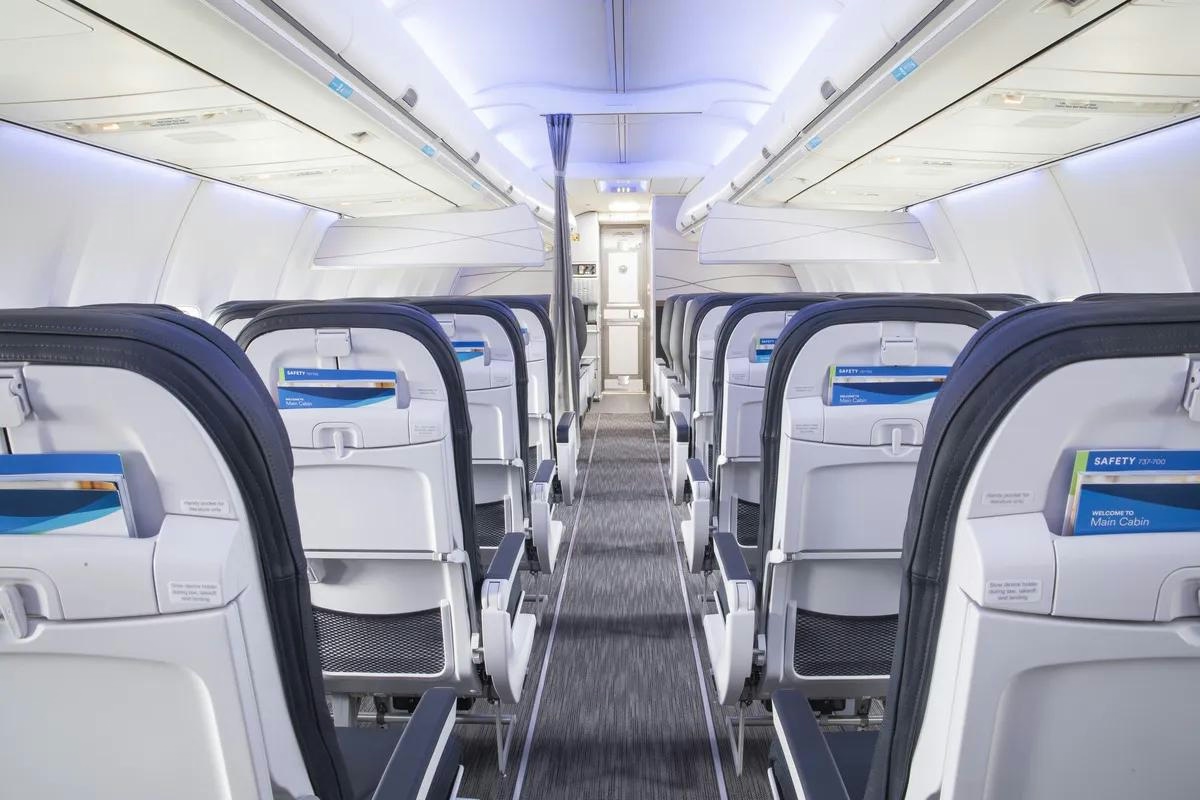
Smarter email, faster business.
Trending
Will 2024 Mark a Surge in Aircraft Power Innovation?
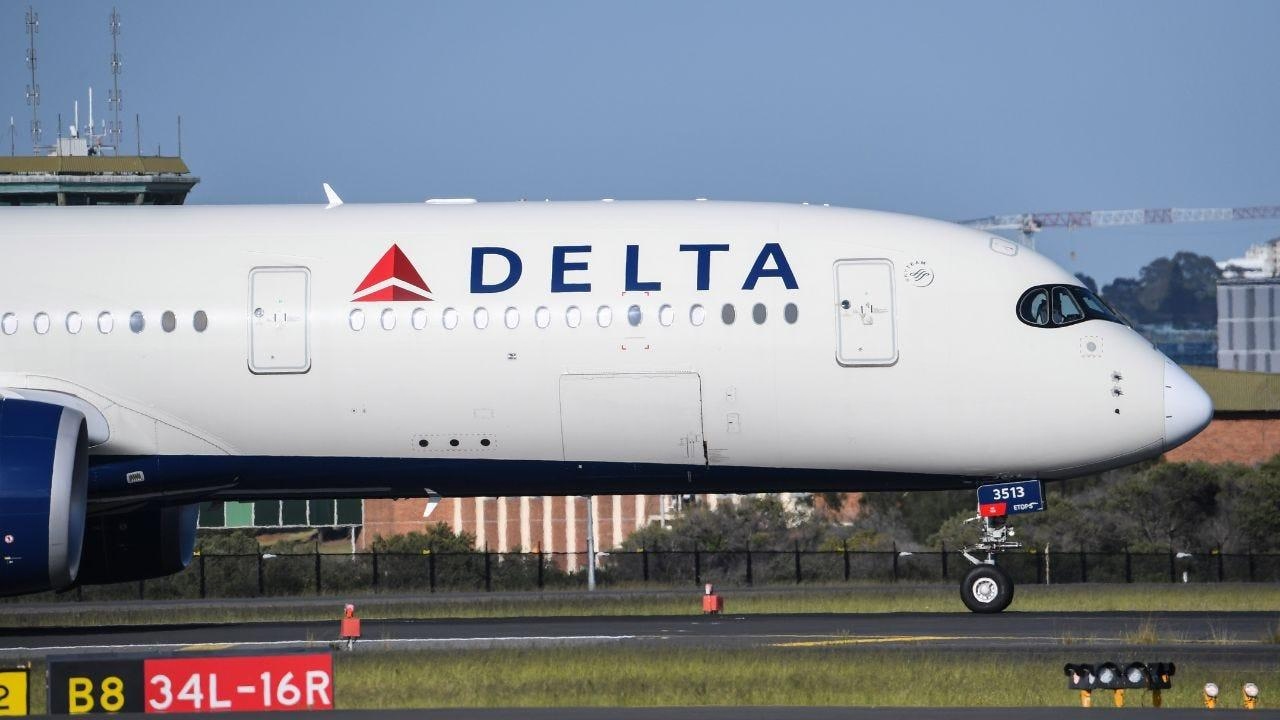
Will 2024 Mark a Surge in Aircraft Power Innovation?
As 2024 approaches its conclusion, the aviation sector is experiencing a notable shift characterized by a significant increase in aircraft engine values and lease rates. This development reflects a complex interplay of factors, including a strong rebound in air travel demand, rising non-fuel operating costs, ongoing sustainability challenges, and evolving dynamics within the aircraft manufacturing industry.
Rising Engine Values and Lease Rates
Data from Cirium Ascend Consultancy indicates that market values for engines powering narrowbody aircraft have risen by approximately 12.3% over the past five years, measured on a fleet-weighted basis. This upward trend is largely attributed to the post-pandemic recovery in demand for single-aisle passenger aircraft. Additionally, escalating costs for new materials and inflationary pressures on original equipment manufacturer (OEM) list prices have contributed to the appreciation of new-generation engine values.
Extended turnaround times for engine maintenance have heightened the importance of the remaining “green time” on previous-generation engines, thereby increasing their maintenance and overall asset market values. Lease rates for these engines have followed a similar trajectory, reflecting robust market demand. However, this recovery has not been uniform across all engine categories. Engines for regional jets, turboprops, and widebody aircraft have yet to fully regain their pre-pandemic value levels. The regional jet segment has experienced slower demand growth, while in the twin-aisle market, OEMs frequently bundle engine prices with comprehensive maintenance programs. Furthermore, reduced utilization of twin-aisle aircraft has diminished the need for spare engines, although lease rates for widebody engines have recently surpassed pre-pandemic benchmarks.
Market Dynamics and Sector-Specific Trends
Within the single-aisle engine market, there is a clear correlation between rising values and lease rates for previous-generation powerplants such as the CFM56-5B, CFM56-7B, and V2527 models. Conversely, newer-generation engines including the PW1127G, Leap-1A, and Leap-1B have experienced more modest increases or have remained relatively stable in both value and lease rate terms. A notable exception is the PW1127G, which saw lease rates surge by as much as 30%. This spike was driven by widespread powder-metal contamination issues that led to the grounding of 564 A320neo family aircraft and the removal of approximately 1,100 engines throughout 2024.
In the twin-aisle segment, the relationship between engine technology and market value is less straightforward. Engines powering platforms such as the Airbus A330ceo and Boeing 777-200LR/300ER have witnessed significant increases in both value and lease rates during 2024. The resurgence of long-haul travel, coupled with limited availability of new long-range aircraft due to production constraints, has intensified demand for these established models. Airlines, eager to expand capacity amid the global travel recovery, have driven lease rates upward accordingly.
Industry Context and Future Outlook
This surge in engine values and lease rates occurs against a backdrop of broader industry challenges and shifts. Boeing continues to grapple with production delays, while Airbus has increased its order intake, highlighting contrasting trajectories among leading manufacturers. Meanwhile, airlines and lessors face rising non-fuel operating expenses alongside mounting pressure to implement sustainable practices and adopt emerging technologies.
As the aviation industry contends with these multifaceted challenges, the critical importance of efficient and reliable engines in facilitating recovery and growth is increasingly evident. The “power surge” observed in 2024 underscores both the resilience of the sector and the evolving priorities shaping the future of global aviation.
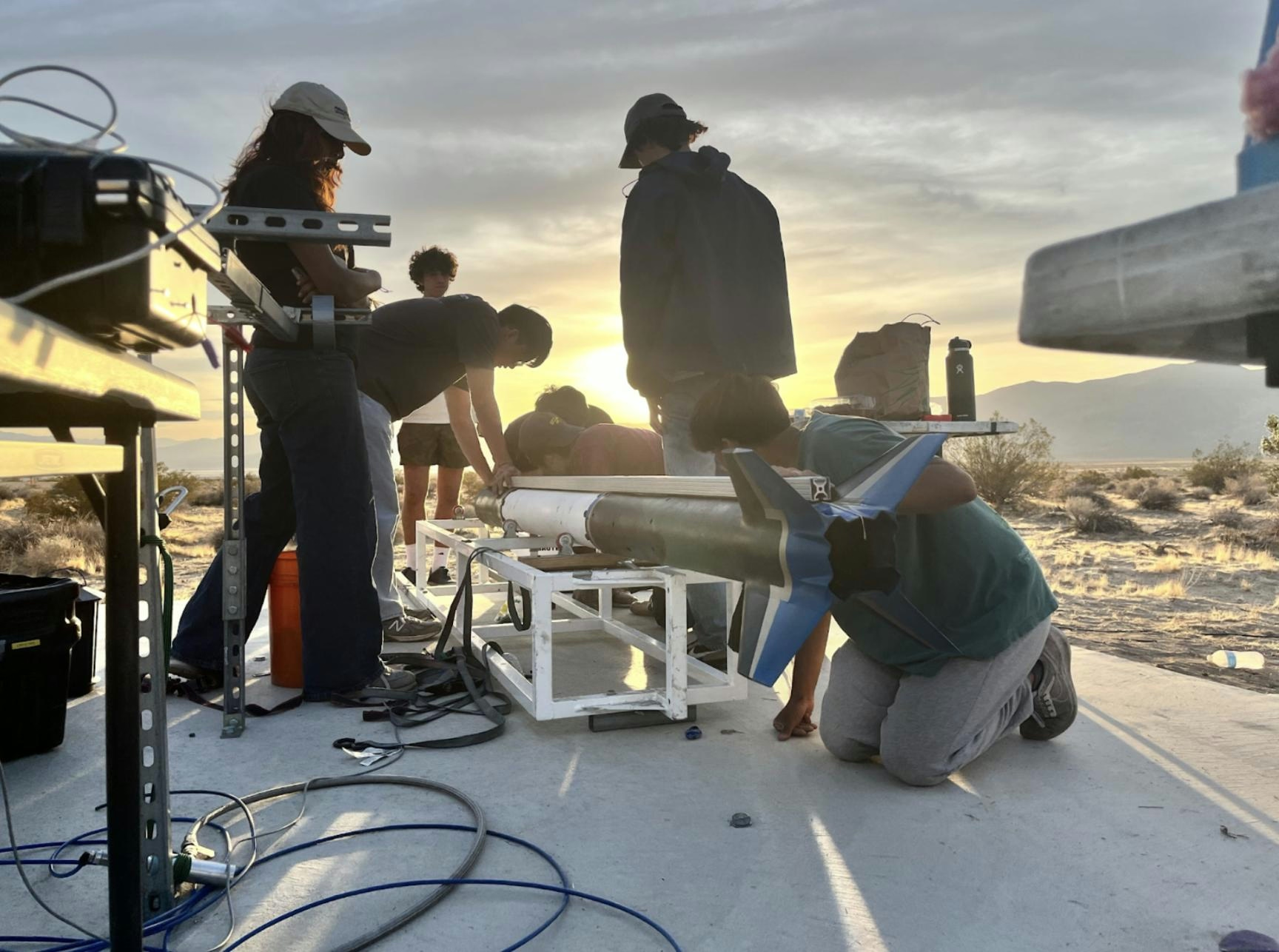
How Student Partnerships Fuel Aerospace Innovation
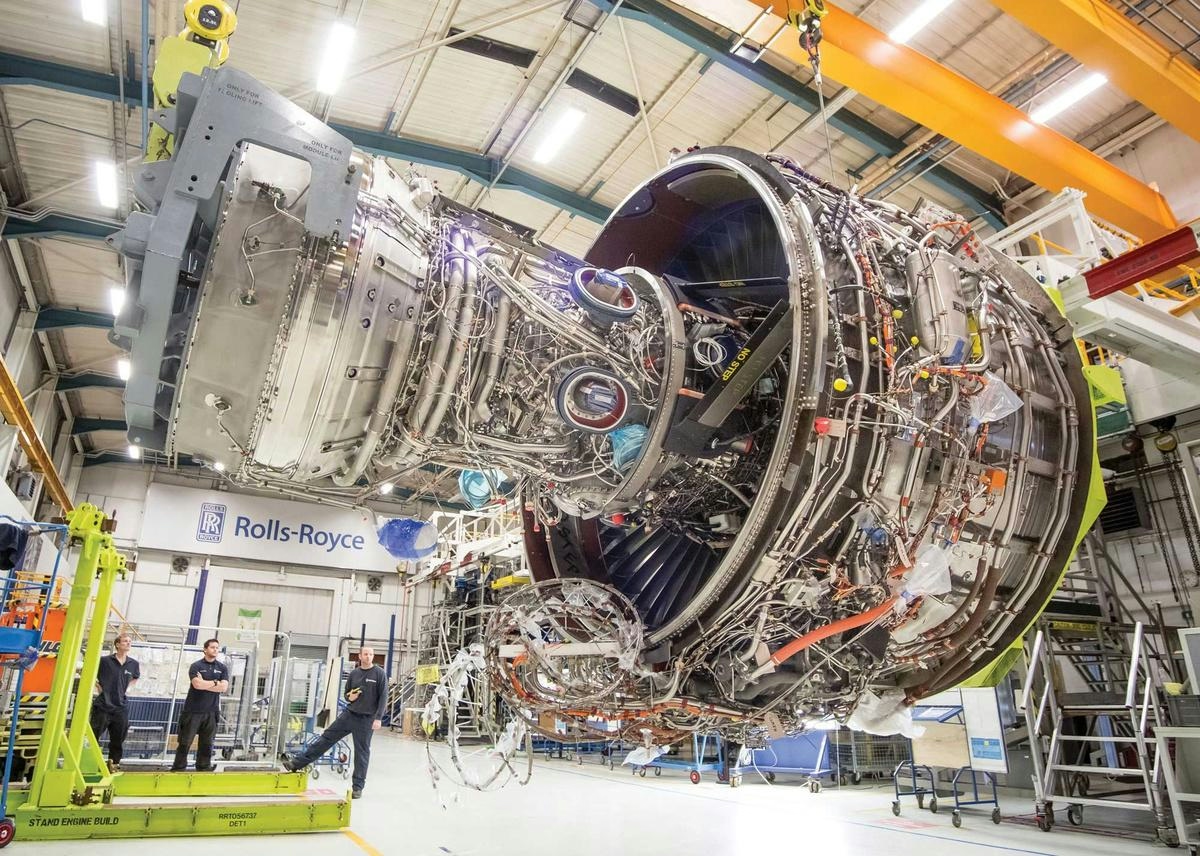
Comparing the Power of Rolls-Royce Trent XWB and Trent 1000 Engines
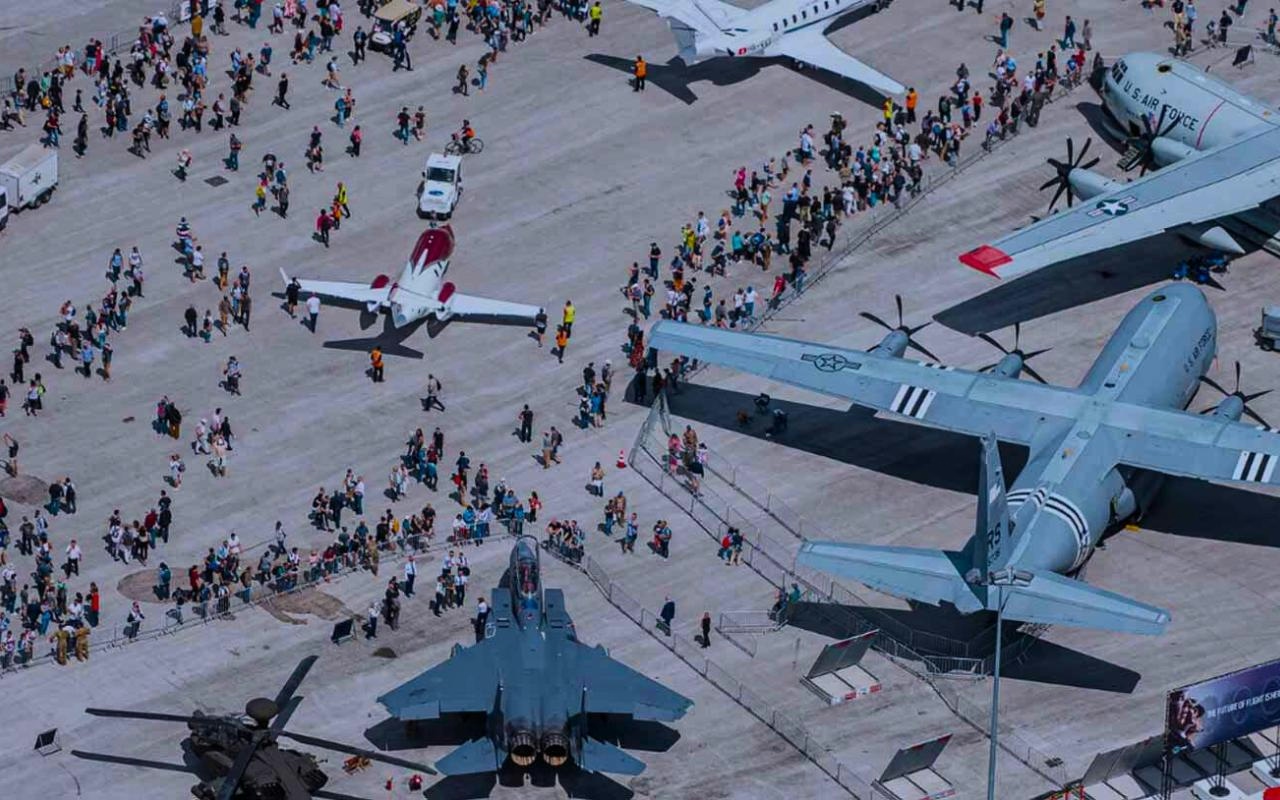
Dubai Airshow 2025 Reveals Main Agenda and Activities
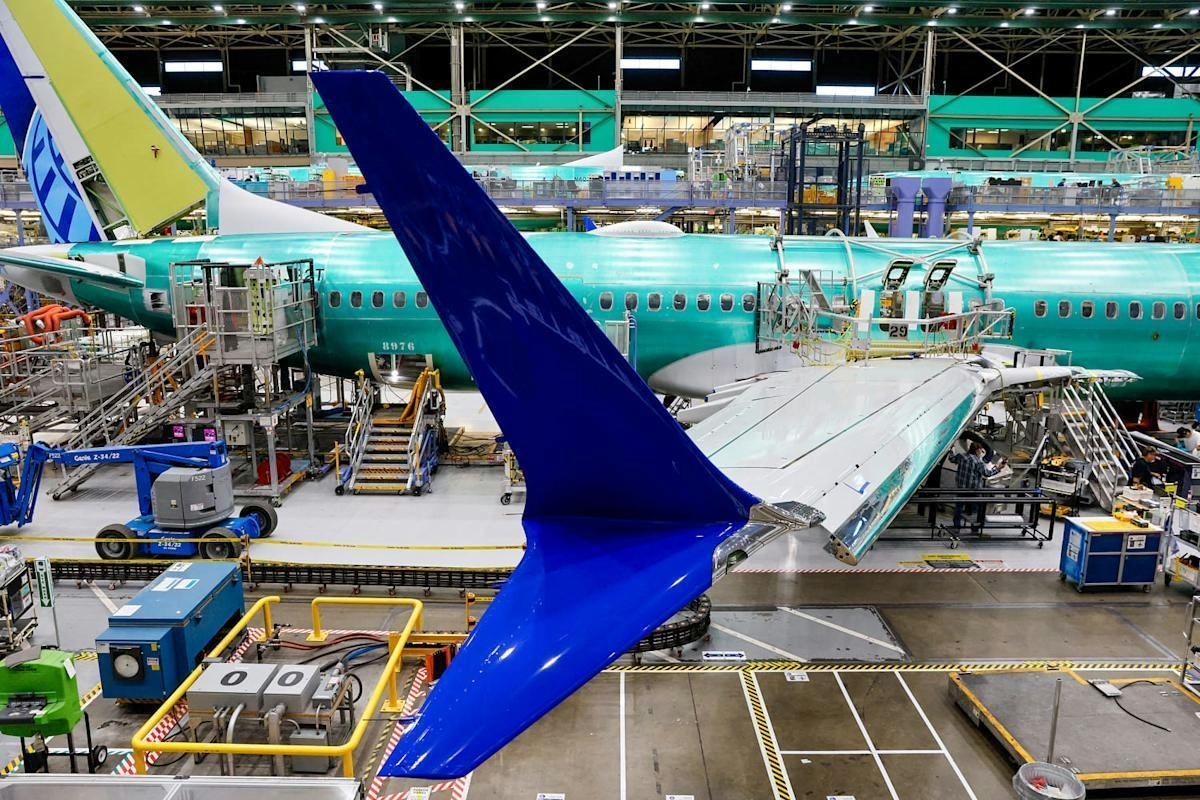
Willis Lease Finance: A Strategic Play in Aviation Leasing Amid Near-Term Volatility
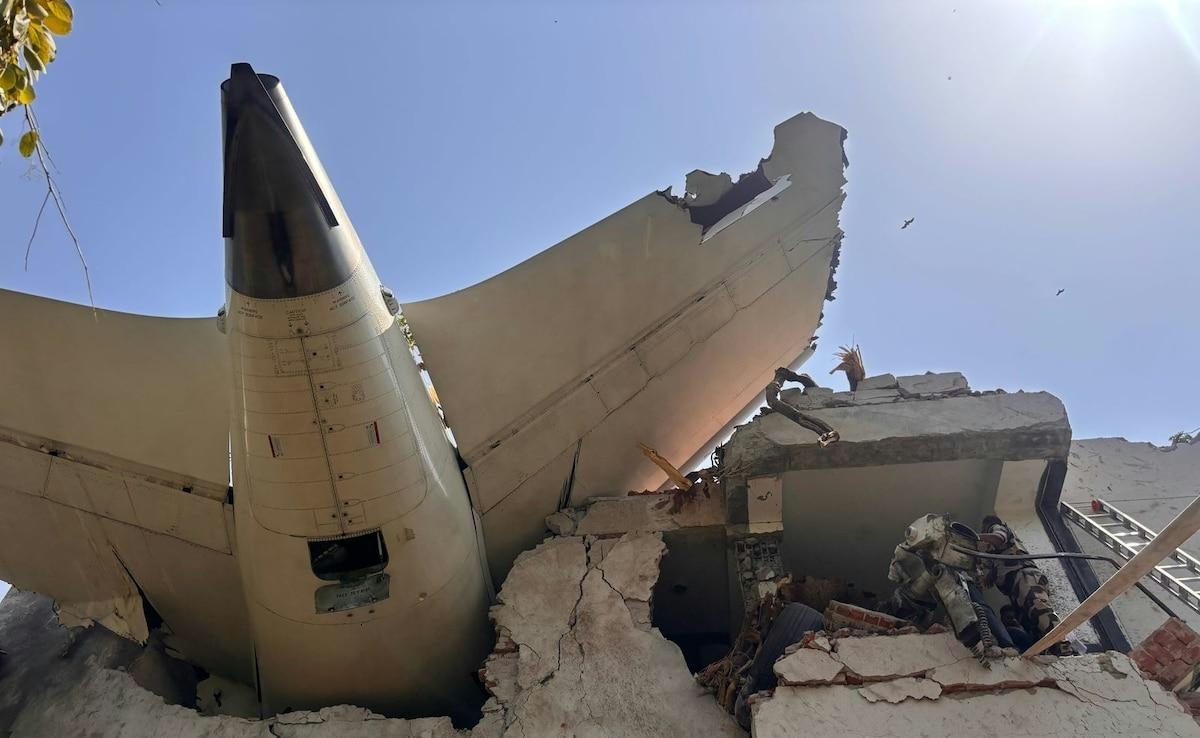
AI-Generated Content Spreads Misinformation After Air India Crash
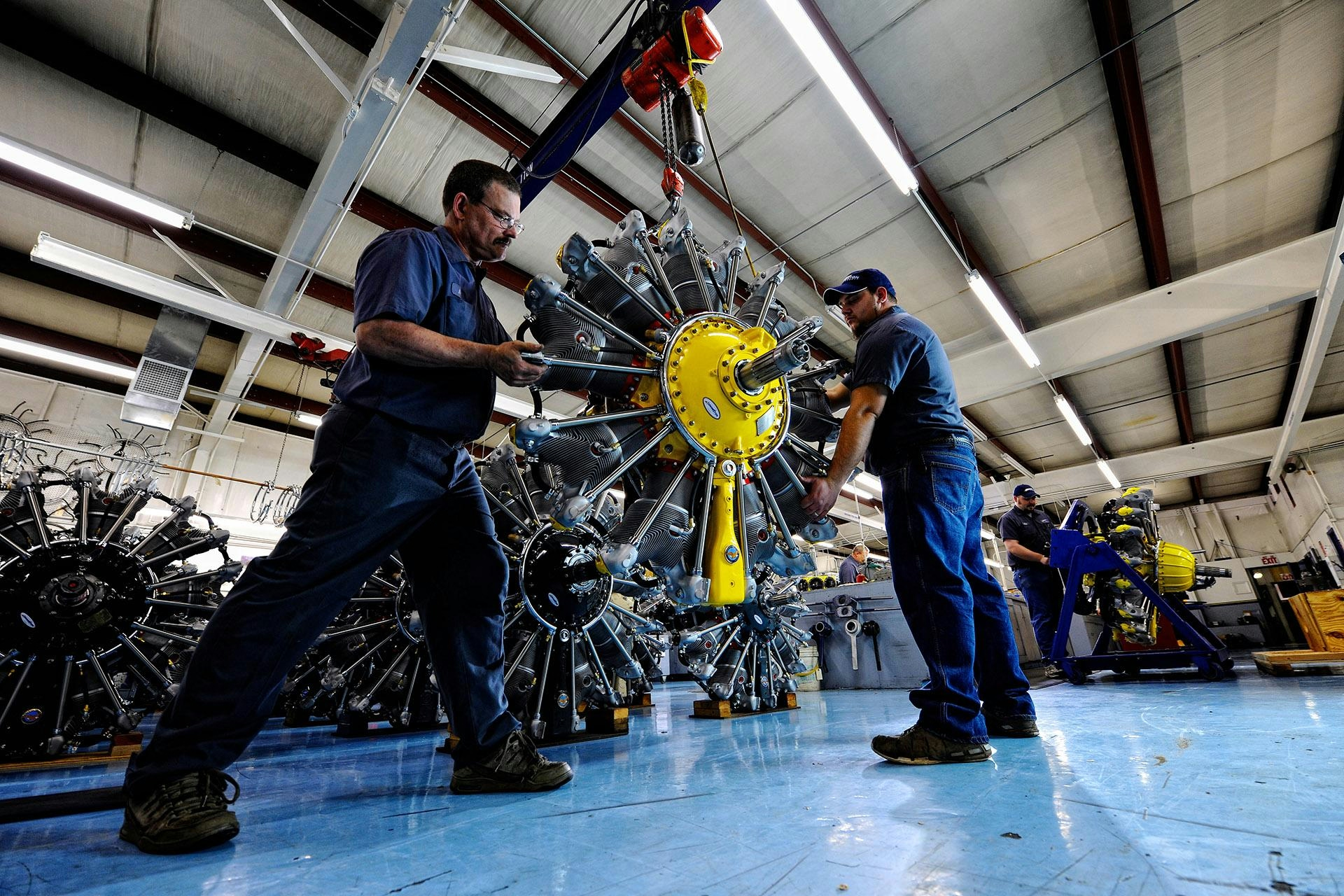
Covington Aircraft Engines to End Radial Engine Production in 2025

Yingling Aviation Named Authorized Honeywell Dealer
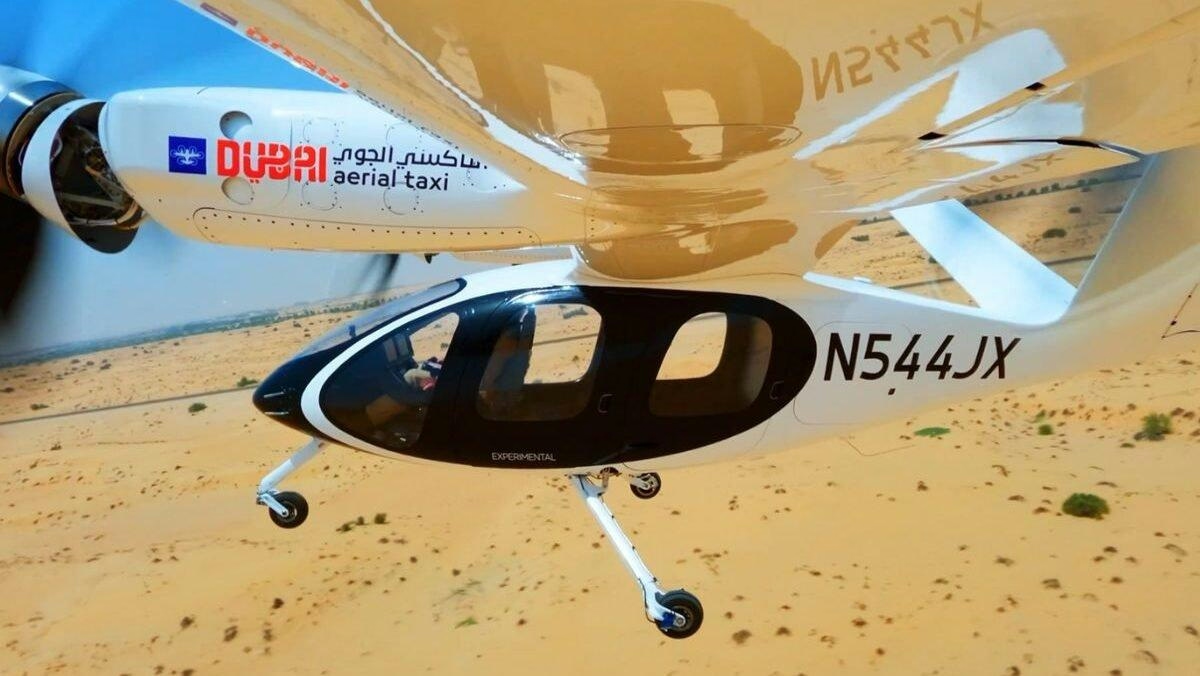
Does Joby Aviation's Milestone in Dubai Point Toward Further Growth?
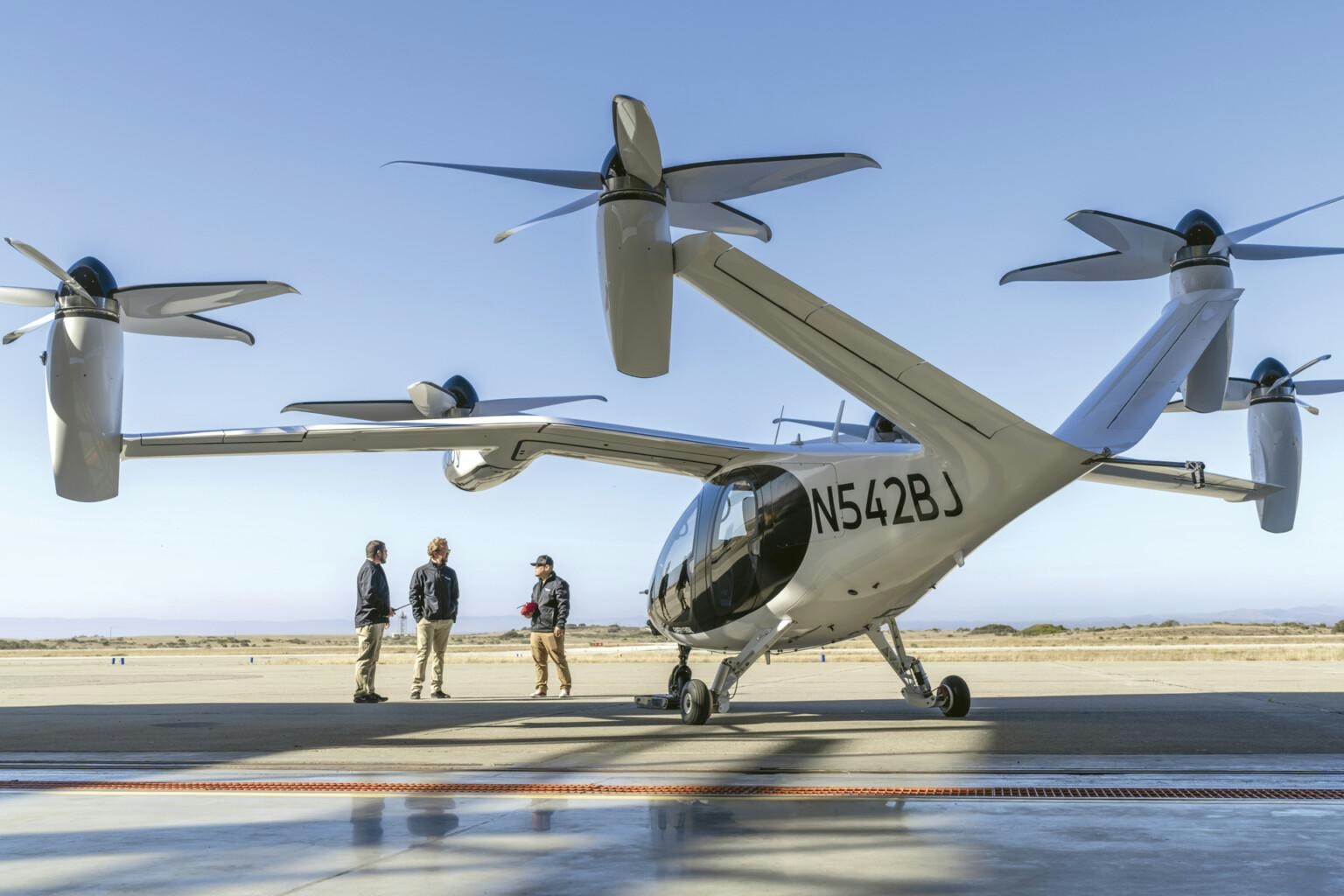
New Invention Promises to Eliminate Airplane Emissions in Country
